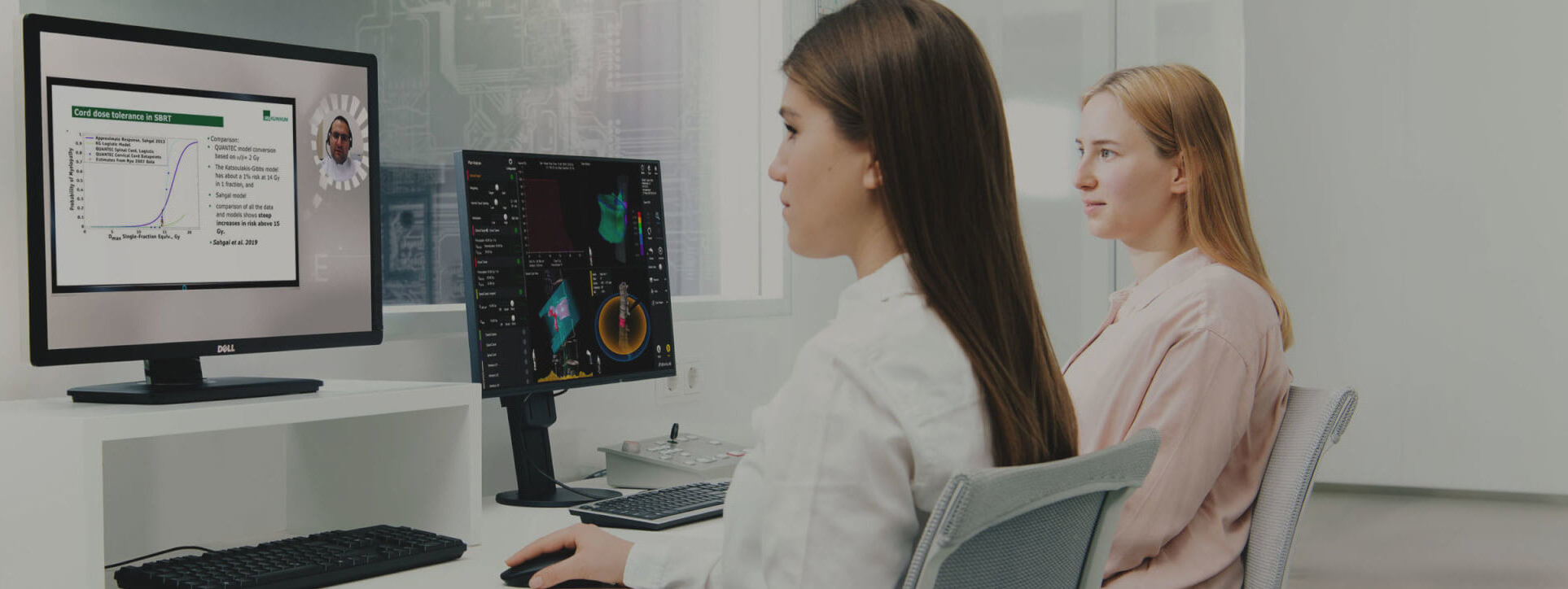
ExacTrac Dynamic
Surface Guided Radiation Therapy Masterclass
Our experts reveal the advantages of integrated X-Ray and 4D surface guidance
4
Experts
44+
years of experience
4,500+
patient treatments a year
Preview our SGRT Masterclass
Are you curious to see what our SGRT Masterclass is all about? Watch the video below for a sneak preview
of the four videos you’ll receive.
4D SGRT patient positioning and monitoring practices for different indications
These four lectures highlight the challenges of SGRT and how to overcome them. In addition, our experts will give
you insight into their daily clinical life, their preferred approach to using SGRT, and the treatment of
different indications.
